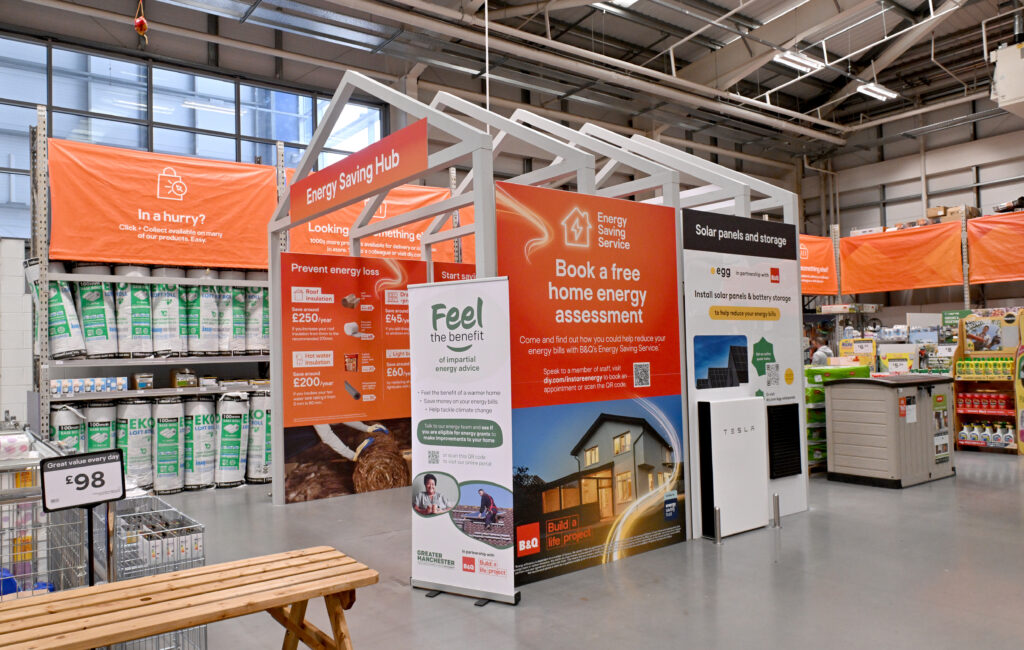In November 2013, Tesco opened its sixth ‘dark store‘ – the term for large, purpose-built warehouses laid out like supermarkets but created solely for online orders. These stores are closed to consumers and are only populated by staff fulfilling online shopping orders. Only the month before, Sainsbury‘s announced that it was to open its first dark store in East London, following the likes of Tesco, Asda and Waitrose, which all have a growing crop of such stores across the UK. Dominic Watkins, Head of the Food sector at business law firm, DWF, reflects on this new kind of outlet and the implications for the retail market.
This new wave of so-called dark stores, built in place of more traditional distribution centres, speaks volumes about the change in the way consumers are purchasing goods. Online shopping continues to grow across the retail spectrum as demonstrated by reports of up to 118 million visits to UK retail websites on Christmas Day and Boxing Day alone. With the online grocery market expected to reach sales figures of £14.6bn by 2018 , the major supermarkets are under increasing pressure to find new ways of attracting and retaining customers in order to capitalise on market growth from online channels.
Space and cost considerations
Dark stores negate the need for retailers to consider usual customer provisions such as parking, trolley bays, check out and toilet facilities – certainly a benefit in terms of space. This means that the stores can stock a larger range of products and pass this choice on to the customer.
In terms of fit out, retailers can afford to make aisles narrower and use less attractive equipment, as the need for a store to look aesthetically pleasing and provide an enjoyable shopping experience is removed. The lack of actual shoppers also removes the need for stores to spend time and money updating point of sale (POS) material. As such, building a dark store rather than a regular store can be financially beneficial, as the cost of acquiring, fitting and maintaining the site can be reduced. The construction of such stores is also logistically advantageous, as the number of sites suitable for building becomes wider when there is no need to consider accessibility, car parking and other facilities that must be incorporated when shoppers visit a traditional store.
Improving quality
For grocers trading in this ‘e-comm‘ environment, one of the biggest challenges is keeping food fresh and of a high quality before it is delivered to the customer. According to recent research, one in five consumers has stopped shopping online due to unsatisfactory product quality .
The benefits of a dark store mean it is easier for retailers to manage stock rotation and expedite the picking process, resulting in an exceptionally high quality of fresh food. For the consumer, the stores provide a local presence, offering convenience, accessibility and quick service without additional transport costs or the risk of groceries losing quality in transit and storage.
Legal implications
Legally, there isn‘t much difference between traditional bricks and mortar shops and dark stores. The liability risk is a little lower as the stores don‘t have tens of thousands of customers at risk of slipping or tripping, which is also true of a distribution centre, but dark stores offer proximity and location benefits that a distribution centre typically can‘t.
For shoppers, distance selling protections do not change whether the goods are purchased from a regular store, dark store, or distribution centre (albeit that the supply of fresh food is treated a little differently) and the contractual relationship between the consumer and the retailer remains the same. This provides reassurance and peace of mind that their consumer rights are not affected whether the food comes from a dark store or a
RELATED STORIES

















